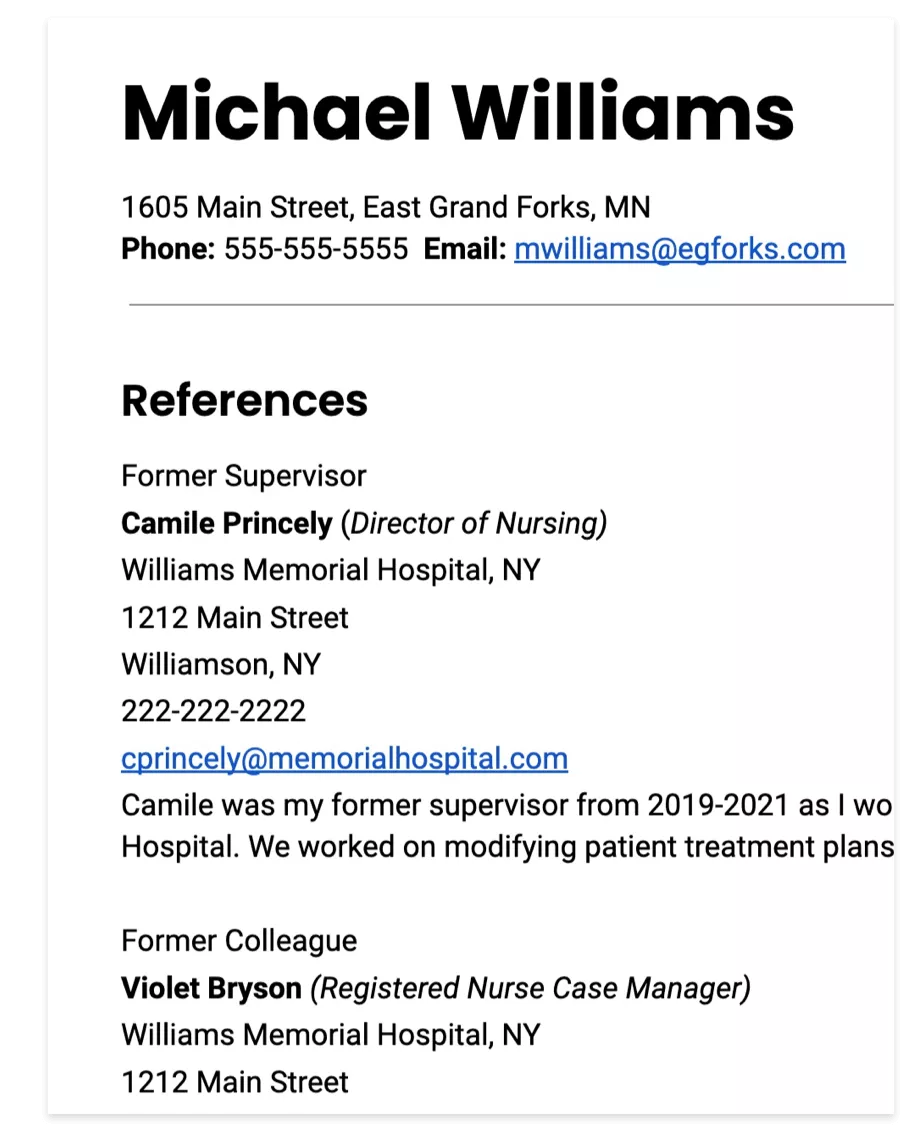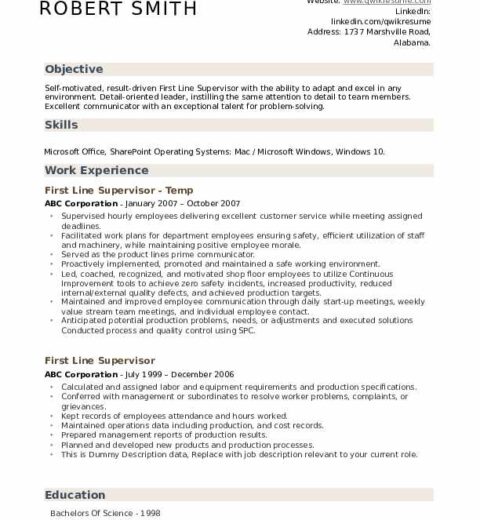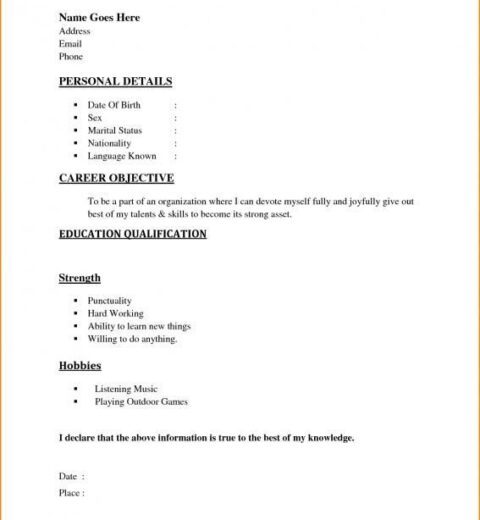When navigating the labyrinthine path of job hunting, one often reaches a perplexing juncture: the decision about whether to include references on a resume. This conundrum rises from the depths of conventional wisdom, and as such, is mired in ambiguity. To demystify this subject, we shall delve into the expert perspectives surrounding the inclusion of references on a resume and explore the nuances that underlie this decision.
Imagine the resume as a finely crafted lighthouse, standing tall amidst the turbulent seas of competition. Should the beacon of references be one of its guiding lights, illuminating the path for prospective employers? The answer is not as straightforward as one might think. While the practice of listing references was once de rigueur, the modern landscape of job applications requires a more sophisticated approach.
Experts universally endorse the principle of quality over quantity when it comes to references. When deciding whether to include references on a resume, candidates are advised to consider the context and the state of their profession. In industries characterized by a collaborative ethos, such as education or healthcare, references may hold immeasurable value, acting as a testament to one’s character and professional derring-do. On the other hand, in sectors like technology or creative arts, emphasis often lies on demonstrating skill and innovation, making references less paramount upon initial application.
Furthermore, it is not simply a matter of choosing to include or exclude references but also about strategically managing them. Rather than cluttering the resume with contact information, potential employees often opt for the minimalist approach. It’s prudent to state, “References available upon request.” This simple phrase acts as a strategic maneuver, preserving real estate for more critical elements like experience and achievements.
The rationale behind the adage is twofold. Primarily, it directs the focus of prospective employers to your qualifications and capabilities, rather than inundating them with additional information that might be irrelevant at the outset. Secondly, it preserves the sanctity of your references, ensuring that they are contacted at the appropriate moment and are not caught off guard.
However, when the moment comes to present references, how does one prepare such critical advocates effectively? Crafting a list of references requires thoughtful curation. Much like assembling a dream team for a championship game, selecting individuals who can speak authentically and positively about your achievements is essential. Choose former supervisors, colleagues, or mentors whose perspectives dovetail with the narrative you wish to project. Their endorsements can serve as a ticket to enhanced job prospects, if articulated with care and precision.
Once your references are chosen, it’s vital to prepare them for their role. Informing your references that you are applying for a specific position allows them to tailor their responses to align with the expectations of your prospective employer. This proactive engagement enables them to craft a narrative that resonates well with the competencies and qualifications being scrutinized. Cultivating these relationships pays dividends, as it imbues professional engagements with a sense of collaboration, respect, and reciprocity.
As you prepare your references, consider the modality of their engagement. In an age of instantaneous communication, digital recommendations via platforms such as LinkedIn have gained traction. A carefully curated online presence allows prospective employers to access recommendations with a mere click, similar to unveiling an exquisite gastronomic dish at a fine-dining restaurant. This evolution underscores the need to adapt to modern conventions, as traditional reference checking is increasingly complemented by digital validation.
Moreover, the nature of the labor market itself offers vital clues on the reference conundrum. In a highly competitive environment, demonstrating a tapestry of support from credible figures can be an invaluable asset. The interplay of references takes on added significance when you consider the psychological impact on hiring managers. A strong recommendation often alleviates the perceived risk associated with a hiring decision, acting as a safeguard against potential missteps.
It’s also worth noting the logistics surrounding references. When curating your reference list, be meticulous in maintaining updated contact information. Just as a well-organized library offers untold wisdom at a moment’s notice, an easily accessible and accurate reference list empowers you to respond to requests without delay.
Additionally, the etiquette surrounding references should not be overlooked. Expressing gratitude toward your references through a simple thank-you note post-hiring can foster a sense of goodwill, ensuring that relationships remain intact. Such gestures reinforce the notion that professional networks are dynamic ecosystems, nurtured through kindness and respect.
In summation, the inclusion of references on a resume is not merely a straightforward decision but a multifaceted strategy borne from an understanding of one’s industry, network, and the essence of personal branding. In a world rife with ambiguity, taking a mindful approach allows candidates to navigate their job search with confidence, illuminating their own professional lighthouse while ensuring that their trusted references stand ready to shine brightly on their behalf when the need arises. So, the answer to the question “Do you put references on a resume?” lies in thoughtfully weighing various factors and choosing a path best suited to your unique situation.




